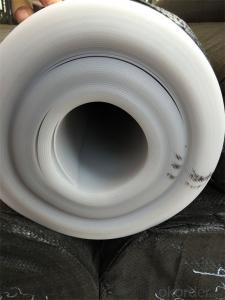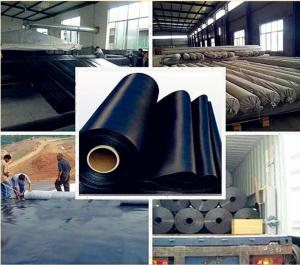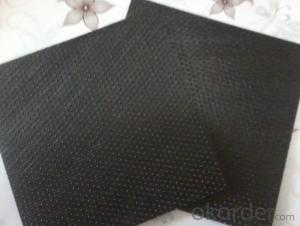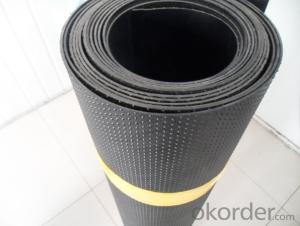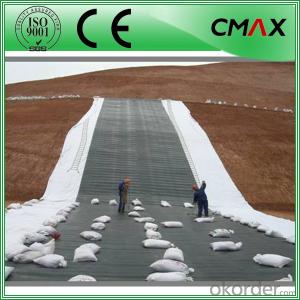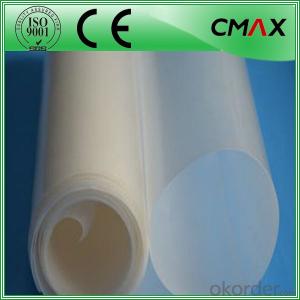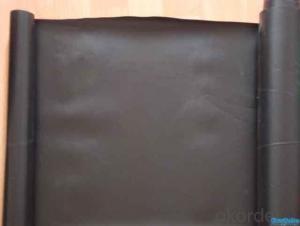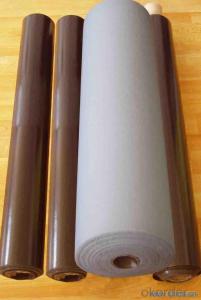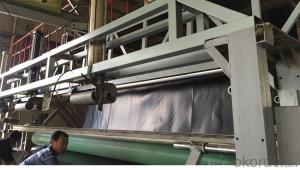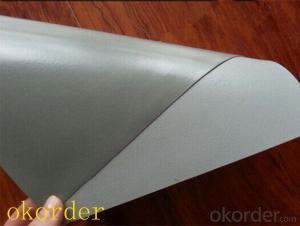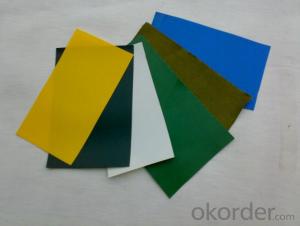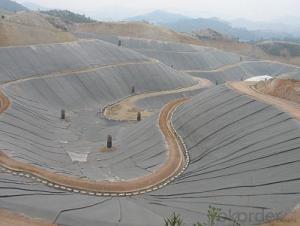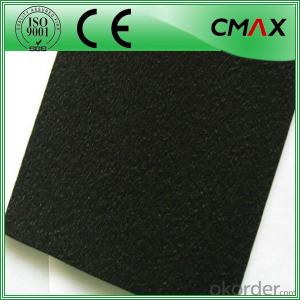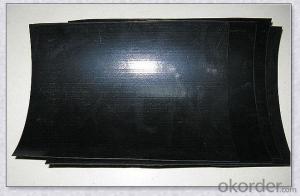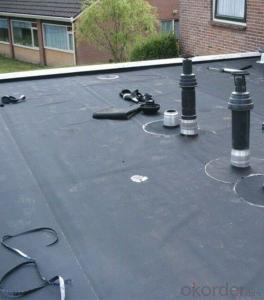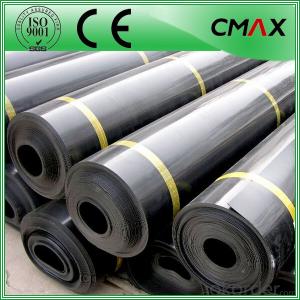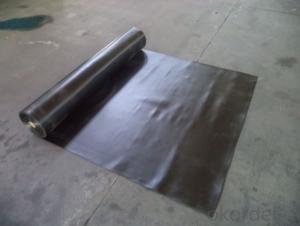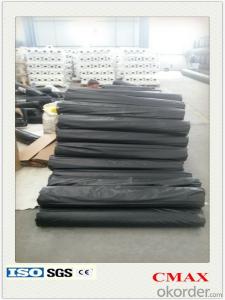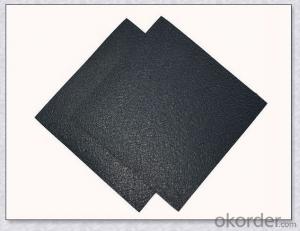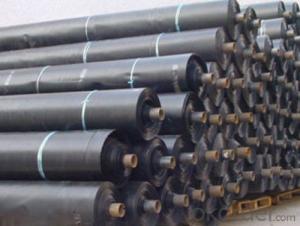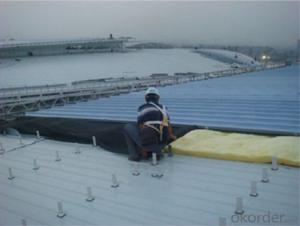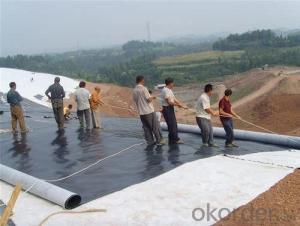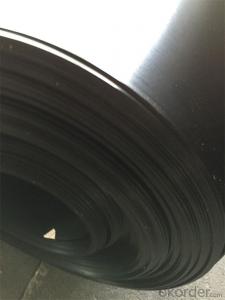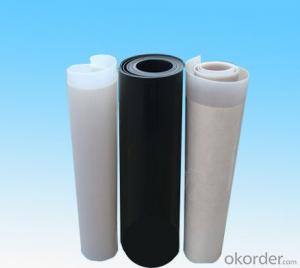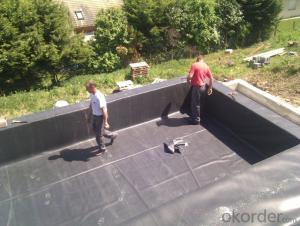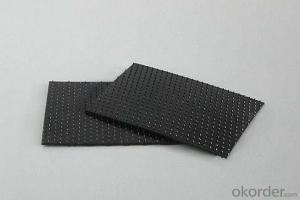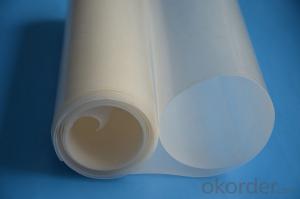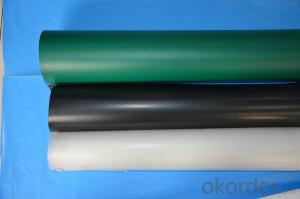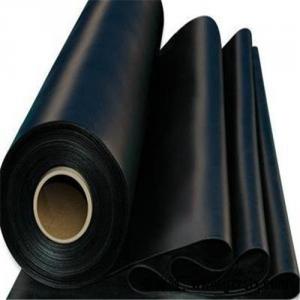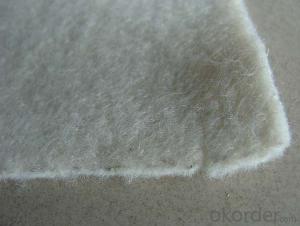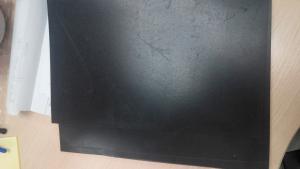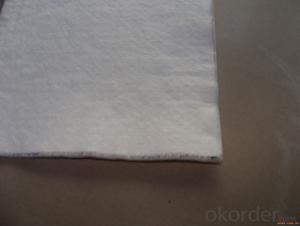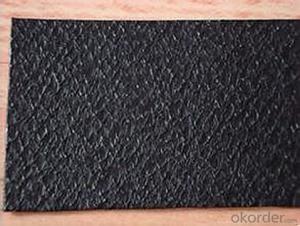Hdpe Geomembrane Pond Liner
Hdpe Geomembrane Pond Liner Related Searches
Geomembrana In Hdpe 30 Mil Pvc Geomembrane Pvc Geomembrane Institute Hdpe Geomembrane Machine Geomembrane Machine Plastic Geomembrane Hdpe Geomembrane Self Adhesive Geomembrane Cover Geomembrane Fabric Geomembrane Cost Per Square FootHot Searches
China Pvc Geomembrane China Geomembrane Roll Sheet Scaffolding Manufacturer In Mumbai Hdpe Geomembrane Sheet Price Hdpe Geomembrane China China Geomembrane Geomembrane China Hdpe Geomembrane Price Geomembrane Liner Price Geomembrane Price Black Plastic Plant Pots Wholesale Wholesale Hdpe Geomembrane Roll Geomembrane Factory Wholesale Liner Hdpe Geomembrane Spring Manufacturer Singapore Bistable Spring Manufacturer Wholesale Geomembrane Hdpe Wholesale Hdpe Geomembrane Geomembrane Market Size Geomembrane For SaleHdpe Geomembrane Pond Liner Supplier & Manufacturer from China
Okorder.com is a professional Hdpe Geomembrane Pond Liner supplier & manufacturer, offers integrated one-stop services including real-time quoting and online cargo tracking. We are funded by CNBM Group, a Fortune 500 enterprise and the largest Hdpe Geomembrane Pond Liner firm in China.Hot Products
FAQ
- Geomembranes play a crucial role in water conservation projects by providing an impermeable barrier that prevents water leakage and seepage. They are used in the construction of reservoirs, ponds, and canals to minimize water loss due to evaporation and infiltration. Additionally, geomembranes help in the containment and proper management of water resources, ensuring their availability for various purposes such as irrigation, drinking water supply, and hydroelectric power generation.
- nan
- 1. The environment: the place that need to be pasted with film should be bright enough. And the ligh indoors is too weak, the table lamp should be prepared so as to look the details clear. 2. To wash hands: The dust and grease on your hands should be cleaned carefully.
- Geomembranes perform well in high groundwater table areas as they act as an impermeable barrier, preventing water from seeping through and causing potential damage. This helps in maintaining the integrity of structures and controlling water flow, making them an effective solution in such conditions.
- There are several advantages of using geomembranes in desalination and water treatment plants. Firstly, geomembranes act as a barrier, preventing any potential leakage or contamination of treated water, thus ensuring its purity and safety. Secondly, these membranes are highly durable and resistant to corrosion, providing long-term protection for the infrastructure. Additionally, geomembranes are flexible and can be easily installed, reducing construction time and costs. Lastly, these membranes can also be customized to specific project requirements, allowing for efficient water treatment processes and optimal plant performance.
- Yes, geomembranes are suitable for use in fish farming tanks. Geomembranes are impermeable membranes that provide a barrier to prevent the seepage of water, chemicals, and other substances. They are commonly used in fish farming tanks to create a watertight environment, maintain water quality, and prevent contamination. Geomembranes are durable, flexible, and resistant to UV radiation, making them an ideal choice for fish farming tanks.
- nan
- It is the problem of tempered film quality, there is no practical way to solve, only to chage a film. If you do not mind, it can also be used; or you can try to press it down by your nails, it can be used if it is pressed down without rebound . Generally, it will appear the white edge, that is not the full coverage of the tempered film. There is a gap between the four sides of full coverage of the tempered film and the screen, which is not called the white edge.
- Geomembranes are tested for quality assurance through a variety of methods including physical, mechanical, and chemical tests. These tests assess the material's strength, durability, flexibility, and resistance to environmental factors such as UV radiation and chemical exposure. Additionally, geomembranes are inspected for any defects, imperfections, or inconsistencies in their thickness and composition. These quality assurance tests ensure that the geomembranes meet the required standards and specifications before being used in various applications such as landfill liners, mining containment, and water containment systems.
- Geomembranes are used in environmental protection as a versatile and effective barrier to prevent the contamination of soil and water. They are commonly employed in applications such as landfill liners, pond liners, and containment systems for hazardous waste. By acting as a barrier, geomembranes prevent the migration of pollutants, preventing harm to the surrounding environment and ensuring the safety of humans and wildlife.



